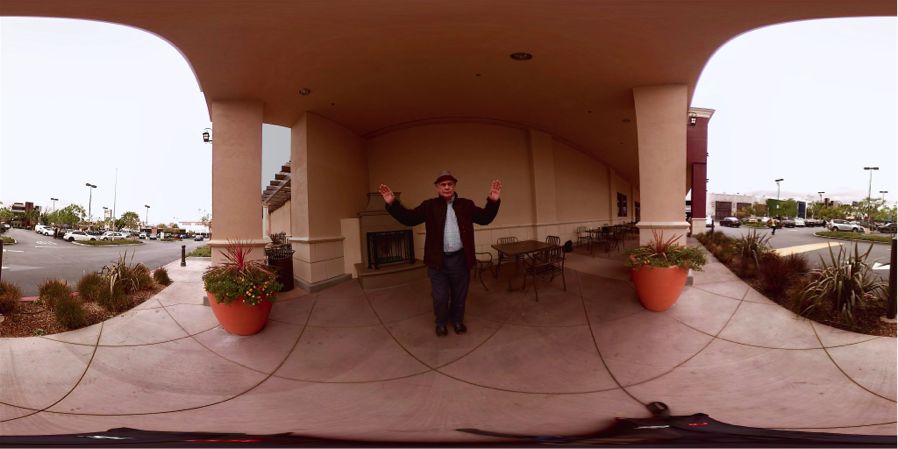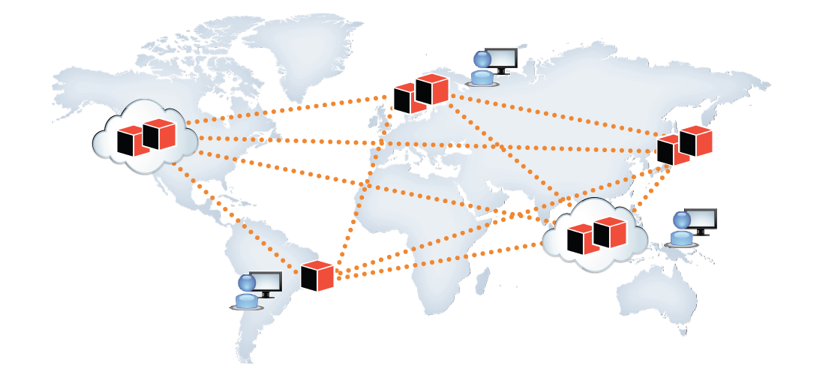After checking out a bunch of transmedia projects over a period of years, I found there are certain elements that all of the best projects seem to possess. Now, each time I am either evaluating or developing a transmedia project, I give due consideration to these elements:
- Telling a story
- Using a variety of story forms
- Across multiple media platforms
- Within a unified storyworld
- Encourages audience participation
- Embedded game mechanics
- A social experience
- Designed for multiple levels of engagement
Let’s take a look at each one of these in turn.
1. Telling a story
In simple terms, this means we need a beginning, middle and end in a transmedia project. It is this overarching narrative that provides the engine or drive to the experience. Without an overall narrative that signals the start and end of the project, we risk having a conglomeration of story fragments that may be thematically resonant, but do not give our audience the satisfaction that we get from following a true dramatic arc replete with set-ups, conflict, dramatic tension and a final payoff.
2. Using a variety of story forms
A variety of story forms means using different ways to tell a story. For example, we can use anything, including still and moving images, audio, digital and printed text, live performances… pretty much anything we can use to tell a story is fair game in transmedia.
3. Across multiple media platforms
The Producers Guild of America requires inclusion of three or more platforms for a producer to earn the ‘Transmedia Producer’ credit. These platforms can include film, television, the internet, mobile devices, radio, games, and when we say games that could include console games, social games, casual games. Transmedia encompasses the entire spectrum of media platforms as well as live events and installations.
4. Within a unified storyworld
A unified storyworld is what really makes the difference between a story that is simply cut up and put on different platforms and a story that is designed from the inception to work across multiple media platforms in a way that respects the conventions of each platform. In a truly unified storyworld, the stories that play out across each platform are ‘woven’ together using hooks really brings the story together and incentivizes fluid movement by the audience from one platform to the next.
5. Encourages audience participation
When we design a transmedia concept, instead of defining the total experience from start to finish, we design a storyworld framework. I like to think of it kind of like a house where we can leave the door open and invite the audience inside, where our story takes place, to participate in the story and potentially influence its outcome. Different types of engagement include : voting, comments, UGC, collaborative problem solving and taking part in social activism.
6. Embedded game mechanics
It’s not enough simply to provide opportunities for the audience to participate, we also need game mechanics to incentivize and reward participation in the story world. Examples of game mechanics include points, prizes, social status, solving a mystery, learning a new skill, and gaining power and privileges within the story world.
7. A social experience
Making transmedia a social experience means we need to give our audience ways to meet with, connect with, and interact with other members of the audience who are also participating in that story experience. An obvious way to do this is by linking in with existing social media platforms such as Facebook and Twitter and also by tapping into locally-oriented and interest-specific platforms that may be even more relevant to our story participants.
8. Designed for multiple levels of engagement
Finally, designing for multiple levels of participation means that all members of our audience do not necessarily have to be deeply involved in the story to enjoy the transmedia experience. Some portion of our audience might want to passively sit back and watch the story unfold, whereas others might want to be challenged by our story, and participate in a hands-on way. By giving those people who want to be deeply involved something to do, we gain an incredibly loyal audience who are typically the people who will go out and become the word-of-mouth army for our transmedia experience.
To learn more about the 8 elements and how to use them when writing for transmedia, come along to my special pre-conference Add-On Seminar “Writing Strategies for Transmedia” on August 6th right before the Transvergence Summit kicks off in Hollywood, August 7-8, 2013. CLICK HERE to register.

Filmtools
Filmmakers go-to destination for pre-production, production & post production equipment!
Shop Now












